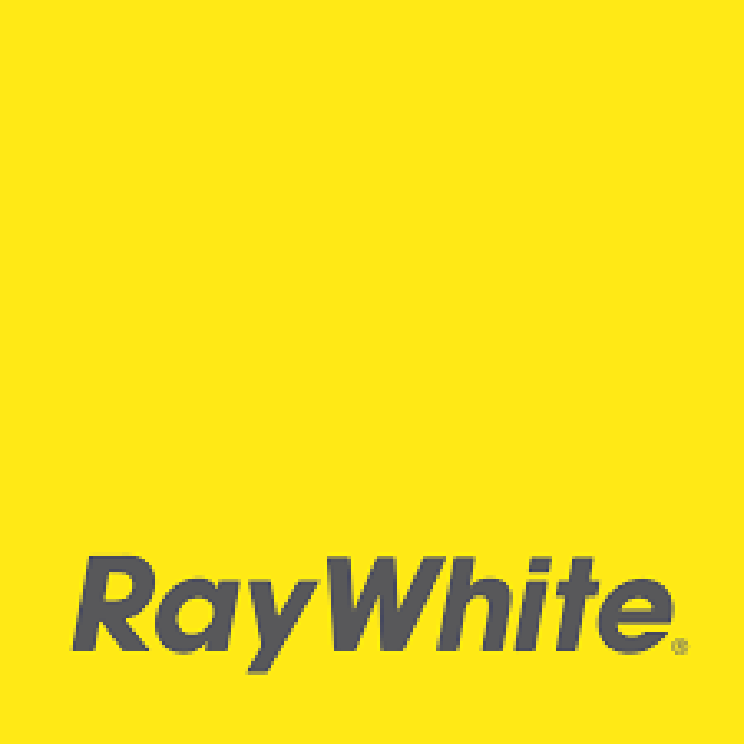
While real estate prices have rocketed over the past 18 years, marketing methods have changed just as dramatically.
As Ray White launch into video marketing packages for all property listings the company came to reviewing how they marketed homes in the 1990s and comparing this to how homes are marketed today. A 1996 Ray White real estate brochure we recently dug out features a seven-bedroom Herne Bay villa (now the country’s most expensive suburb) with an asking price of just $190,000 (see inset of original advertisement pictured above). – The current property owners paid $890,000 for the property in 2011 – despite the property needing some renovations – so, it was not surprising that they were shocked with the the 1996 asking price – especially considering that Herne Bay properties now have a median sale price of $1.6 million.
“It makes me feel a bit sad actually … it’s obviously not good for those who are not already in the market.” says one of the current owners.
Ray White chief executive Carey Smith said the prices in the brochures had even shocked him. “Sometimes you wish you had the insight to buy 20 or 30 of those” he comments. He said the city had come a long way since 1996, when the city’s median price was $293,471. It is now $694,500. Incomes have not risen as quickly. Comparable figures from the Census of 1996 and 2013 show a median “annual personal income” (which includes benefits, wages and salaries for anyone aged over 15) of $15,000 and $28,000 respectively.
“The average price of those inner-west markets have outstripped any of the other areas in Auckland because of the gentrification of services and the revitalisation of the city,” Carey Smith said… “Over that time, it’s become an area of attraction. The Viaduct area has brought people back into the city as well and that primarily got under way around 2000.”
Interstingly several homes in early Ray White real estate brochures did not even have an accompanying photo, but relied on property sketches, and seldom too had addresses. “House hunters didn’t have the online tools then to help them identify schools, shops and other amenities in the area so addresses were not as crucial” Carey Smith comments.
Other changes occuring in the just the last few years too include several large colourful brochures detailing houses for sale around the region which were often found around the region and made available at open homes in the 1990s but were barely seen today as houses are generally given a larger online push.
In reviewing a 1997 Ray White marketing proposal for a St Heliers apartment, eight types of marketing are itemised before online advertising on the company’s website is even suggested – and “online listings probably only offered one photo of a property back then” Carey Smith added. “In 2000 we moved to 20 photos and nowadays our websites can take up to 80 photos plus of course video, and mapping in addition to providing regional data on schools, area ammenities and demographics… “It’s the biggest destination form of marketing – if you look at a newspaper ad, a signboard, a brochure, a window display – they will all point you to the net. That’s all where it comes together.”
Fewer people are taking a nosy drive past homes for sale as house-hunters get more information online, and real estate agencies are stepping up to meet this growing digital demand by offering video tours to accompany listings. “Photos online are now not enough for buyers. They want more of an experience than photos” Carey Smith says.
Source: New Zealand Herald – Read the full article here
.
